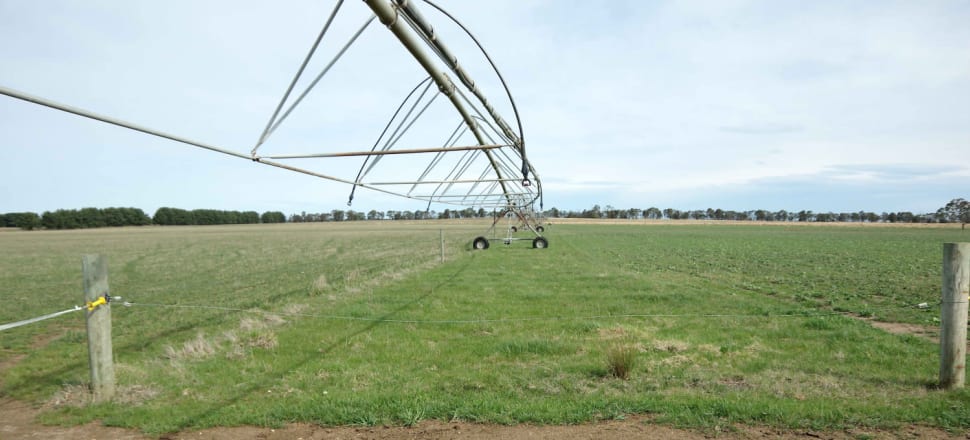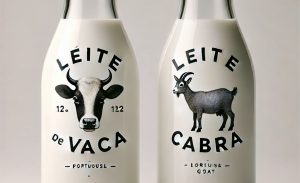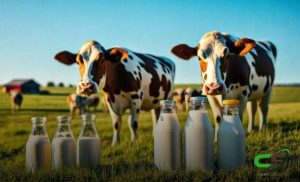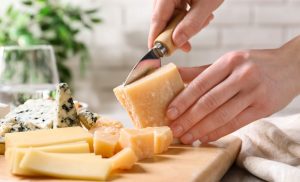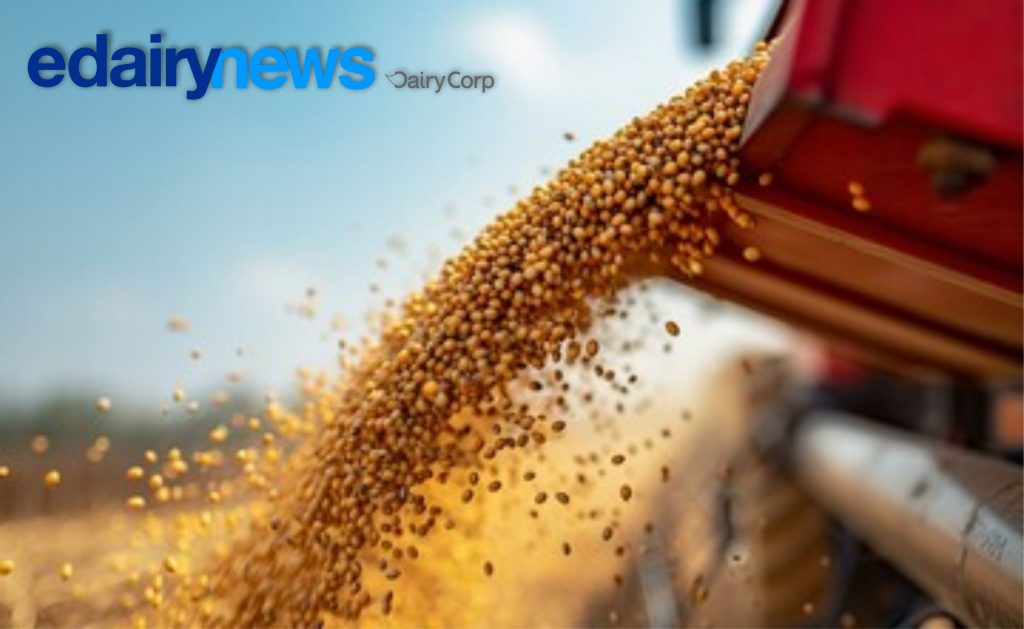The Saputo supplier is running 120 Friesian-cross dairy cows on 215 ha at Goon Nure, along with replacements and a small beef stud herd.
Irrigation is enabling him to produce 500 kg of milk solids per cow, annually.
Mr Bingley previously worked as an electrician and Blonde d’Aquitaine stud breeder, and counted a number of dairy farmers among his clients.
Half-a-dozen years ago, he identified his work and lifestyle priorities and decided to enter the dairy industry.
He focused on managing a small herd and drying-off cows pre-Christmas, to spend the summer break on the nearby Gippsland Lakes with his family.
Mr Bingley started building the necessary infrastructure. Using equipment he already owned and contractors where necessary, he built a laneway and feedpad, reduced paddock size and installed troughs and a reticulated water system, purchased secondhand equipment to build a 20-bay swing-over herringbone dairy and added automatic cups-on cups-off.
“After a couple of years of learning and establishing systems and building up a network of other dairy farmers, I feel we found our feet last year.”
In setting up a dairy farm, Mr Bingley wanted it to be manageable as a one-person operation. He is a sole operator, with a relief milker on the roster every second weekend and available ad hoc.
Mr Bingley supplies the machinery and hires a contractor to over-sow pasture, sow forage crops and harvest silage rolls.
On the 215 ha, 40 ha is irrigated from a bore with a submersible pump, utilising 110 Ml year-round and sprayed through a centre pivot.
The pivot irrigates 12 ha of lucerne, with the balance sown to crops — sorghum in summer and forage barley and forage oats in a mix for winter.
“We milk off this and harvest it for silage,” Mr Bingley said.
“The herd normally grazes each paddock for three days.
The size of these paddocks — 4 ha — makes the system more manageable and produces more feed.
“I don’t focus on irrigation, I focus on the fertility of our dry country and try to use it for grazing as much as I can.”
The herd size is currently 120 milking cows, with a maximum of 130 to 140 cows when the farm is not in drought conditions, as it is now.
“With the drought years, it’s still a rewarding industry,” Mr Bingley said.
“What you do shows in the vat. You do a good job on the pasture, it means you’re doing a good job on the cows and a good job in the vat.
“I don’t need to milk more than 130 cows, and I run a score of beef cows as well.”
The dairy herd is a mix of Friesian and Jersey cows, with British Friesian and Irish Friesian genetics.
Mr Bingley said he used networking opportunities like farm walks and searched the internet to research similar production systems to his, to decide what genetics he wanted to use in his breeding.
It led him to the Irish dairy industry and investing in British and Irish Friesian genetics.
“I researched different dairy systems around the world. The Irish are seasonal calvers and 18,000 of those farmers use Irish Friesian semen.”
He imported Irish Friesian semen and bought British Friesian cows last year.
The same genetics lend themselves well to hitting the grid for export heifers.
“She’s a shorter and stockier build, but reproduction figures for these breeds are high,” Mr Bingley said.
He uses synchronised AI, followed by mop-up bulls, pregnancy testing, then sells the cows that are not in calf.
“Using a synchronised program, we can normally guarantee 80 per cent of the cows are in calf.
“We use Blonde d’Aquitaine sires as mop-up bulls. All the heifers are joined to beef bulls.”
The milking herd is pregnancy tested during the normal herd milk testing. It’s a low-stress decision that has proven successful.
Ultrasound is used for the heifers.
“It means we test the herd through the milk. We did it last year for the first time and there wasn’t any difference between the results of the milk test and the ultrasound.
“It was 99 per cent positive, so I decided to continue with it.
“It also means the cows don’t get stressed being forced up the race and standing on concrete.”
Cows not in calf are sold rather than carried through. It means there is space every year for heifers to come into the herd.
“The crossbreeds are good at getting back into calf and, because we’re seasonal, they don’t get a second chance of getting in calf,” Mr Bingley said.
Cows are dried-off the third week of December and calving begins in February.
“It means there’s some leisure time during the school holidays.”

